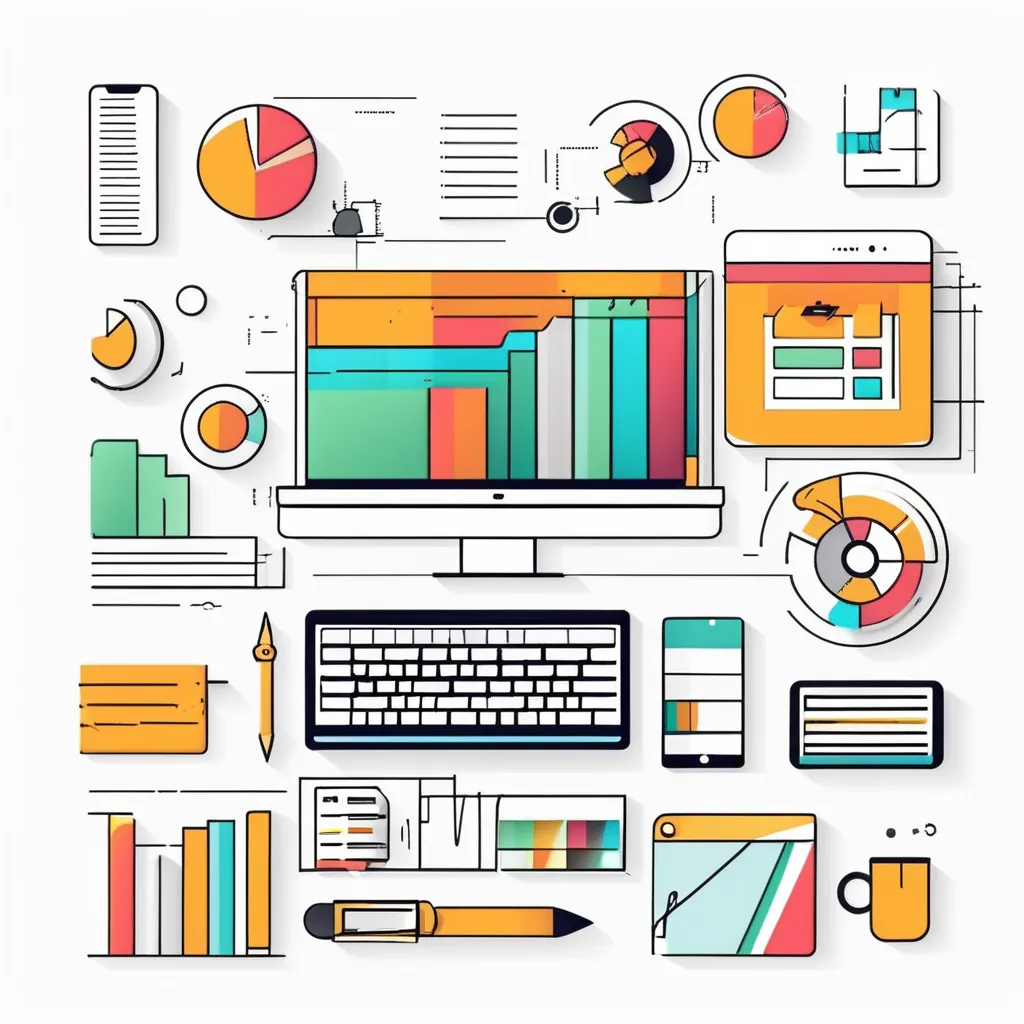Animation In Web Design
Contents
- 1 Animation In Web Design
- 1.1 Introduction
- 1.2 The Benefits of Animation In Web Design
- 1.3 Types of Animation In Web Design
- 1.4 Best Practices for Implementing Animation In Web Design
- 1.5 Tools and Technologies for Animation In Web Design
- 1.6 Future Trends in Animation In Web Design
- 1.7 FAQs About Animation In Web Design
- 1.8 Conclusion
Introduction
Have you ever visited a website that moves and dances? Animation in web design makes websites fun and exciting. Imagine buttons that wiggle when you hover or pictures that slide into view. These animations catch your eye and make exploring websites enjoyable. Today, many websites use animation to keep visitors happy and interested. Let’s dive into how animation in web design works and why it’s so cool!
The Benefits of Animation In Web Design
Animation in web design brings many good things to a website. It makes sites more lively and helps users enjoy their visit.
Enhancing User Engagement
Animations grab attention and keep people on the site longer.
Increasing Time Spent on Site
When a website has fun animations, visitors like to stay and look around more.
Boosting Conversion Rates
Smart animations can encourage people to take actions, like signing up or buying something.
Animations help guide users smoothly through a website.
Visual Cues for User Guidance
Animated arrows or highlights show where to click next.
Smooth Transitions Enhancing Usability
Moving from one page to another with animations makes the experience pleasant.
Types of Animation In Web Design
There are many kinds of animation in web design. Each type adds something special to a website.
Micro-Animations In Web Design
These are small, subtle animations that make interactions fun.
Button Hover Effects
Buttons can change color or size when you move your mouse over them.
Loading Indicators
Animated loaders show that something is happening while the page loads.
Background Animations In Web Design
These animations make the background of a website lively.
Parallax Scrolling Effects
As you scroll, different layers move at different speeds, creating a 3D effect.
Animated Background Videos
Videos in the background can make a site more dynamic and engaging.

Animation In Web Design
Best Practices for Implementing Animation In Web Design
Using animations well makes a website look great and work smoothly.
Balancing Aesthetics and Performance in Animation In Web Design
Good animations look nice without slowing down the website.
Optimizing Animation Files
Keeping animation files small ensures they load quickly.
Prioritizing User Experience
Animations should make the site better, not distract or annoy users.
Accessibility Considerations for Animation In Web Design
Making sure everyone can use the website, including those with disabilities.
Providing Options to Disable Animations
Let users turn off animations if they prefer a simpler view.
Ensuring Animations Do Not Cause Disorientation
Avoid animations that can make users feel dizzy or confused.
Tools and Technologies for Animation In Web Design
There are many tools to create awesome web design.
CSS Animations In Web Design
CSS makes it easy to add simple animations to websites.
Keyframe Animations
Keyframes define the start and end points of an animation, controlling how it moves.
Transition Properties
Transitions make changes between states smooth and gradual.
JavaScript Libraries for Animation In Web Design
JavaScript helps create more complex and interactive animations.
GreenSock (GSAP)
GSAP is a powerful tool for creating advanced animations with ease.
Anime.js
Anime.js is great for making versatile and dynamic animations on websites.
Future Trends in Animation In Web Design
Animation in web design is always changing. Let’s look at what’s coming next.
Interactive and Immersive Animations In Web Design
Animations that respond to what users do make websites feel more alive.
3D Animations and WebGL
3D animations use WebGL to create stunning, lifelike effects on websites.
Motion UI Design
Motion UI uses movement to make interfaces more fluid and engaging.
AI-Powered Animations In Web Design
Artificial intelligence is making animations smarter and more personalized.
Automated Animation Tools
AI tools can create animations quickly, saving time for designers.
Personalized Animations Based on User Behavior
Animations can change based on what users like and how they interact with the site.
FAQs About Animation In Web Design
What Are the Best Practices for Using Animation In Web Design?
Use animations to enhance, not distract. Keep them smooth and relevant.
How Does Animation Impact Website Performance?
Too many animations can slow down a website. Optimize files to keep it fast.
Can Animation Improve User Experience?
Yes! Good animations make websites more enjoyable and easier to use.
What Tools Are Recommended for Creating Web Animations?
CSS, GSAP, and Anime.js are popular tools for making web animations.
How to Ensure Animations Are Accessible to All Users?
Provide options to disable animations and avoid motion that can cause discomfort.
Conclusion
Animation in web design makes websites more lively and fun. From tiny button movements to big background videos, animations help keep visitors happy and engaged. By using the right types of animations and following best practices, designers can create beautiful and user-friendly websites. As technology grows, animations will become even more exciting with 3D effects and smart AI tools. So, next time you visit a website, notice how animations make your experience better!

